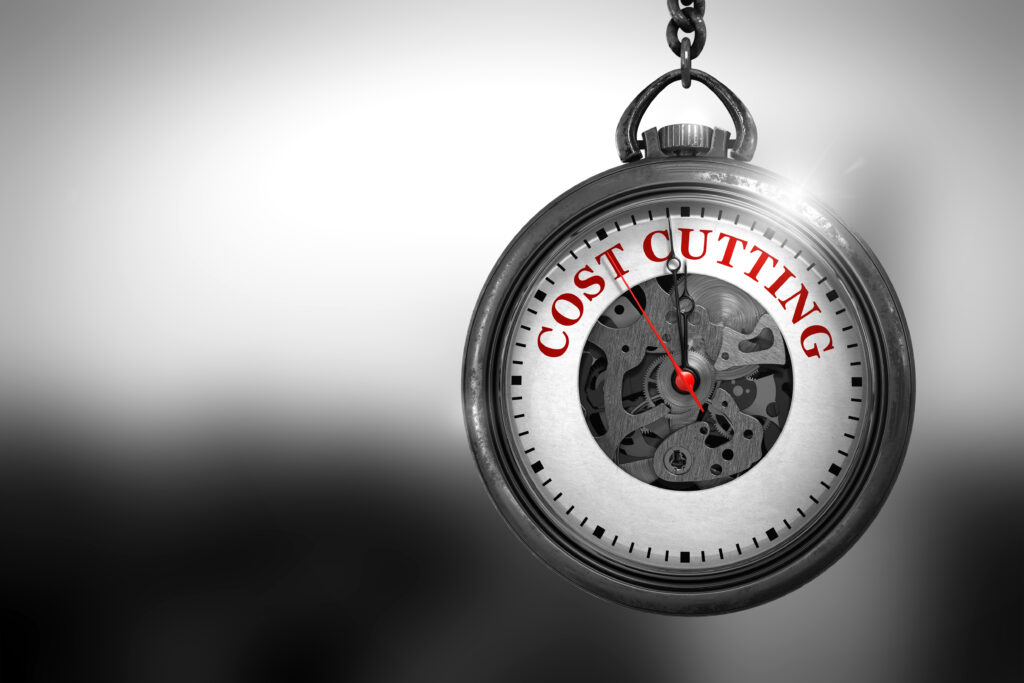Cost Controls & Pricing Adjustments – Essential Element #2
Improve Cash Flow Performance: NOW
Cost Controls and Pricing Adjustments is the 2nd of 8 articles based on:
“Profit Improvement Planning Blueprint: 8 Essential Elements for Underperforming or Distressed Companies” – Post dated Feb 24, 2024

Cost Controls & Pricing Adjustments – Essential Element #2
Implement Cost Controls & Pricing Adjustments
- Essential Element #2
While the urgency of this activity is tied to the current situation, prudent organizations consistently review expenditures to identify opportunities for cost reductions and resource reallocations.
For turnaround or near “break even” scenarios, this step is critical for generating short-term cash and help fund profitability improvement activities.

Executed Concurrently with Essential Element #1 - Baseline Current Performance
For companies facing significant cash flow issues, immediate action is crucial. Rely on financial leaders to identify cost-saving measures and customer/product managers to propose price adjustment opportunities to prevent losses. Delaying action is unnecessary; start cost deferral/eliminations and price adjustment efforts now.
Urgently Reducing Costs and Improving Controls
Initiating cuts to discretionary spending is a crucial initial step for businesses grappling with cash flow challenges. These expenses, though not essential to operations, can significantly impact financial stability.
Scrutinizing categories such as:
- travel expenses
- entertainment allowances
- training
- subscriptions
- others
… enables swift cost reduction without compromising core functions. Additionally, these cuts underscore the seriousness of cost control efforts and the need for fiscal discipline across the organization.
Addressing labor expenses though challenging, is equally important. Eliminating non-essential roles contributes to immediate financial health and improves long-term viability. Sharing the burden among employees through temporary salary reductions, while difficult, aligns revenues and expenses with the current economic environment.
Lastly, in some situations there may be opportunities to work with key lenders to implement a debt holiday where modifications to loan or lease agreements often times allow payment of interest only for a designated period of time, extending the debt to cover the holiday period.
Overall, these cost reduction measures lay the groundwork for broader restructuring initiatives and positions companies for sustained growth amidst market challenges.
Adjusting Prices
Implementing price increases for known pricing errors, unprofitable/high cost-to-serve customers and unprofitable products provide immediate benefits to the organization. Despite requiring significant planning, communication and efforts, such increases:
- immediately address unprofitable business segments where costs exceed revenue
- counteract rising production or inflationary pressures
- enhance the financial health of the organization
- demonstrate confidence in product quality, value and exclusivity
- strengthen investor confidence, supporting future investment
Note: Be certain to target price increases where they are unlikely to impact sales of other more profitable products or services. The focus should remain on the products and customers consuming disproportionate resources than the revenue generated.
Summary and Benefits
When companies experience sustained poor cash flow, prompt actions to reduce costs or increase prices provide a quick path to improved financial health. These actions also create the organizational headroom and financial runway to implement more substantive profitability improvement efforts.
Examining scenarios to:
- eliminate, reduce and better control discretionary costs
- reduce labor expenses
- temporarily restructure leases and other debt service obligations
- adjust prices where costs exceed revenue
can often lead to immediate, short term cash flow improvements and allow leadership to focus on implementing the larger, more sustainable changes necessary to improve the company’s overall financial health.
* * Essential Element #2 Summary from Original Article * *
2. Implement Cost Controls & Pricing Adjustments

While working on the baseline performance analysis:
- Examine non-essential spending, eliminating all unnecessary expenses while reducing/enhancing control over others.
- Consider raising prices where necessary and feasible, particularly for products or services that are unprofitable and over-taxing the organization.
Pro Tip: Keep in mind that 1) specific cost areas like training and travel only offer short-term opportunities for positive resource reallocation and 2) it is acceptable to part ways with unprofitable customers/products.


